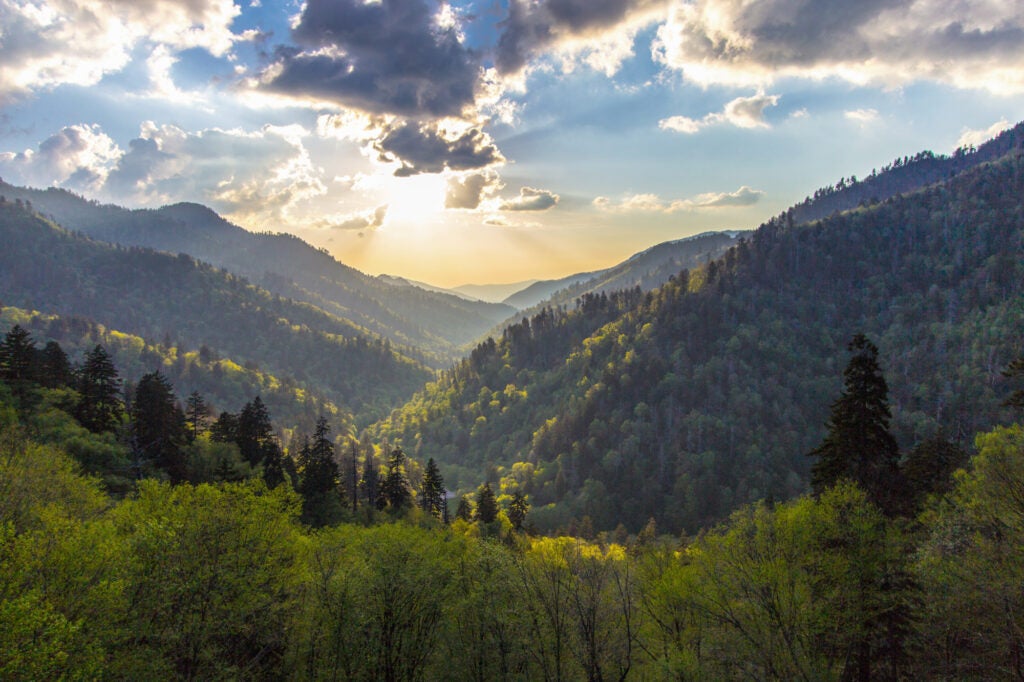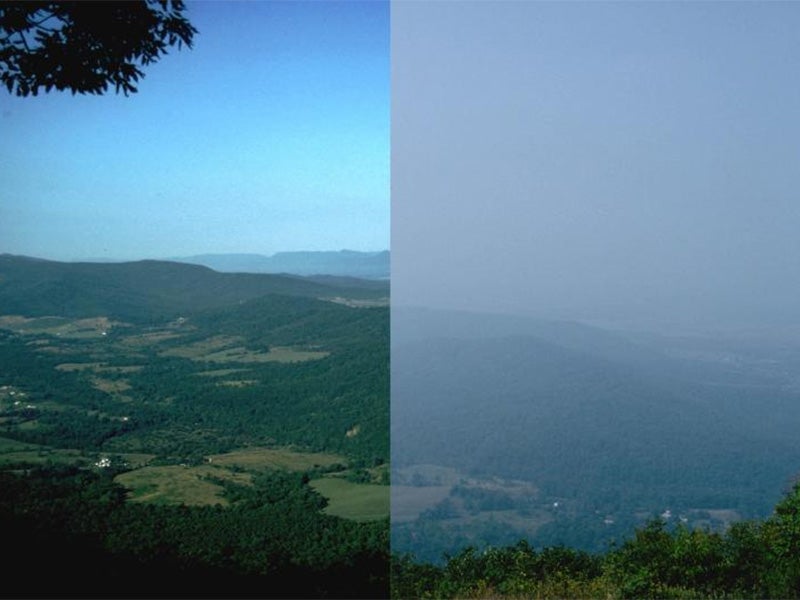Air Pollution Haze in Our National Parks
Clients
Regional Office / Program
Case Overview
The 1977 Clean Air Act set a national goal of cleaning up dirty air in major national parks and wilderness areas. Decades later, only a handful of states had submitted legally required plans to comply. The result: power plant and factory emissions continue to obscure views of beloved landmarks in national parks across the country including Shenandoah, Great Smoky Mountains, Glacier, Big Bend, Acadia, Sequoia, and Yosemite.
Earthjustice has gone to court repeatedly over the past 20 years fighting for the clear views promised by the Clean Air Act for all park visitors. The same pollutants responsible for the widespread air pollution also harm public health. Air pollution from burning fossil fuels and other sources threatens health, increases healthcare costs, and harms nature and sensitive ecosystems on public lands.
Under the Clean Air Act, states must submit and update plans detailing how they will comply with the Regional Haze Rule every 10 years. But the Environmental Protection Agency (EPA) has been slow to act on plans submitted by states.
On behalf of our clients, Earthjustice has successfully challenged inadequate plans submitted by states and in 2024 negotiated a settlement that sets deadlines for the EPA to take action on an additional 32 state plans to reduce haze pollution. Earthjustice attorneys will ensure that states and the EPA meet these deadlines and take action to finally control air pollution from coal-fired power plants and other major industrial polluters.
Case Updates
Case page created on May 5, 2009.

